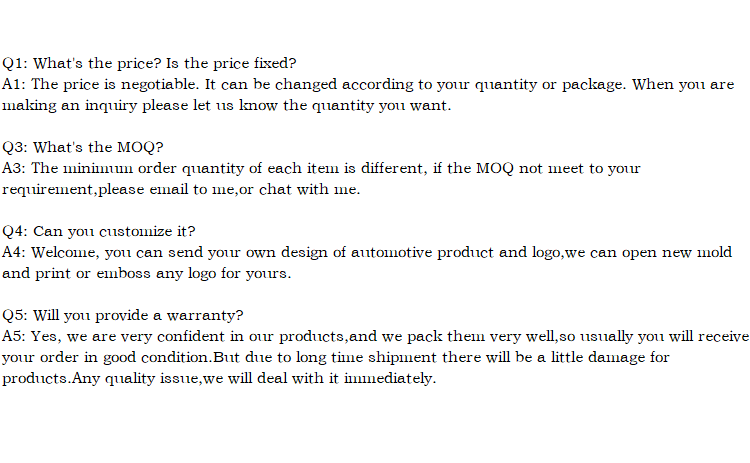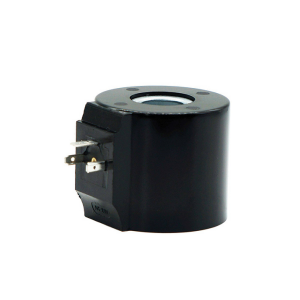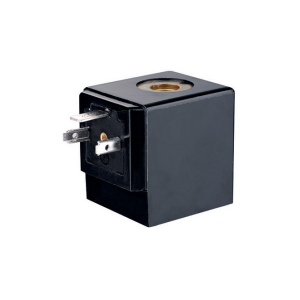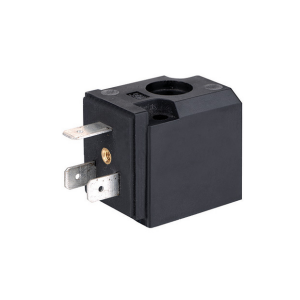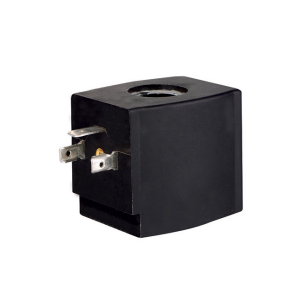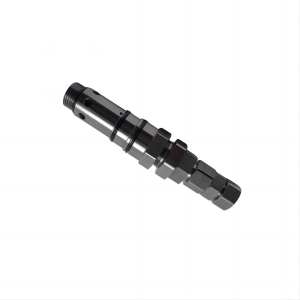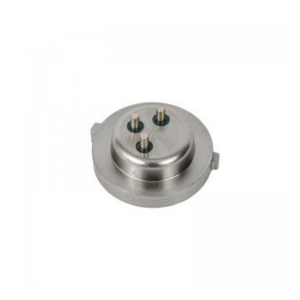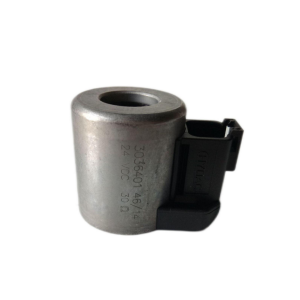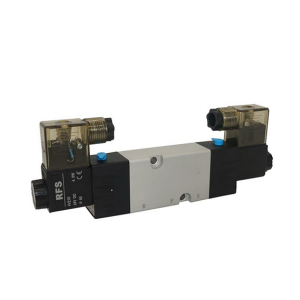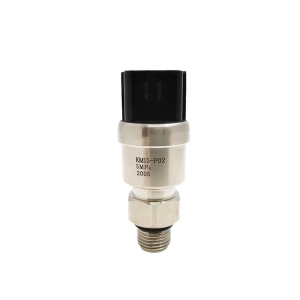Thermosetting 2W two-position two-way solenoid valve coil FN0553
Details
Applicable Industries: Building Material Shops, Machinery Repair Shops, Manufacturing Plant, Farms, Retail, Construction works , Advertising Company
Product name: Solenoid coil
Normal Voltage: AC220V AC110V DC24V DC12V
Normal Power (AC): 28VA
Normal Power (DC): 30W 38W
Insulation Class: H
Connection Type: DIN43650A
Other special voltage: Customizable
Other special power: Customizable
Product No.: SB298
Product Type: FXY20553
Supply Ability
Selling Units: Single item
Single package size: 7X4X5 cm
Single gross weight: 0.300 kg
Product introduction
Detection of inductance coil
(1) When selecting and using the inductance coil, we should first think about the inspection and measurement of the coil, and then judge the quality of the coil. In order to accurately detect the inductance and quality factor Q of inductance coil, special instruments are generally needed, and the testing method is more complicated. In practical work, this kind of detection is generally not carried out, but only the on-off inspection of the coil and the judgment of the Q value. First, the DC resistance of the coil can be measured by using the multimeter resistance file, and then compared with the original determined resistance value or nominal resistance value. If the measured resistance value is much higher than the original determined resistance value or nominal resistance value, even if the pointer does not move (the resistance value tends to infinity X), it can be judged that the coil is broken. If the measured resistance is extremely small, it is difficult to compare whether it is a serious short circuit or a local short circuit. When these two situations occur, it can be judged that the coil is bad and cannot be used. If the detection resistance is not much different from the original determined or nominal resistance, it can be judged that the coil is good. In this case, we can judge the quality of the coil, that is, the size of the Q value, according to the following situations. When the inductance of the coil is the same, the smaller the DC resistance is, the higher the Q value is. The larger the diameter of the wire used, the greater its Q value; If multi-strand winding is used, the more strands of the wire, the higher the Q value; The smaller the loss of the material used in the coil bobbin (or iron core), the higher its Q value. For example, when high-silicon silicon steel sheet is used as iron core, its Q value is higher than that when ordinary silicon steel sheet is used as iron core; The smaller the distributed capacitance and magnetic leakage of the coil, the higher its Q value. For example, the q value of honeycomb winding coil is higher than that of flat winding and higher than that of random winding; When the coil has no shield and there are no metal components around the installation position, its Q value is higher, on the contrary, its Q value is lower. The closer the shield or metal component is to the coil, the more serious the Q value decreases. The position with magnetic core should be properly arranged and reasonable; The antenna coil and the oscillating coil should be perpendicular to each other, which avoids the influence of mutual coupling.
(2) The coil shall be visually inspected before installation.
Before use, check whether the structure of the coil is firm, whether the turns are loose and loose, whether the lead contacts are loose, whether the magnetic core rotates flexibly, and whether there are sliding buttons. These aspects are qualified before installation.
Product picture
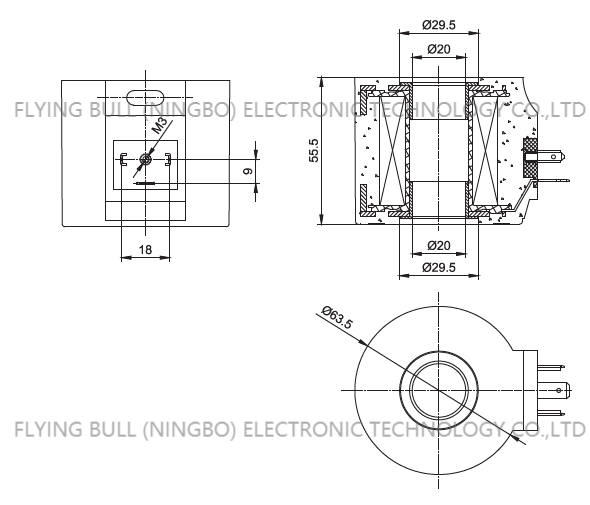
Company details







Company advantage
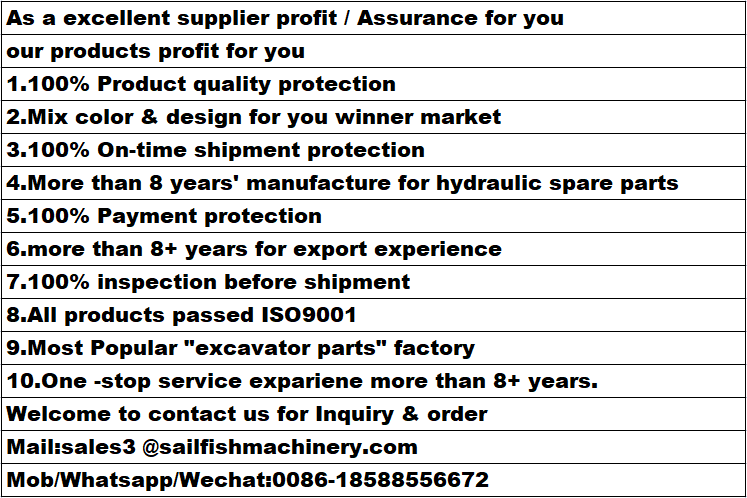
Transportation

FAQ
